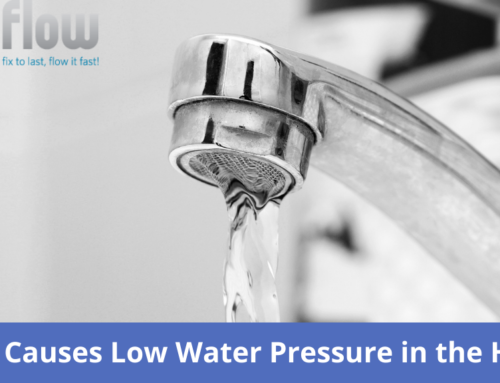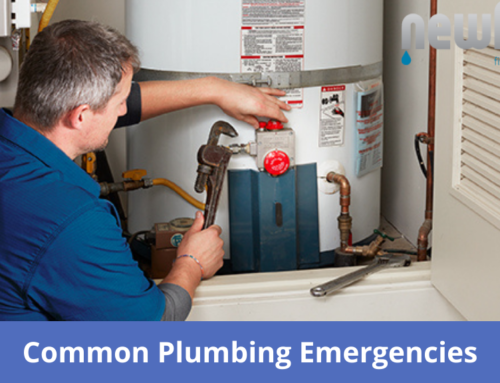Plumbing vents, also called drain-waste-vent pipes or connections, are used to help rid homes of unwanted sewage and greywater (i.e., water contaminated by soap or detergent). Venting helps ensure that the plumbing system is airtight, so no gasses escape into a home’s living areas—and because wastewater must flow unimpeded through the pipes to be properly flushed out, vented drains accomplish this job pretty well! In this blog, we’ll look at how plumbing vents work and why they’re essential.
What Do Plumbing Vents Mean?
Plumbing vents are pipes that connect waste pipes to the outside of a structure, typically through the roof. The vent pipes allow sewer gasses to escape outdoors rather than being released within the residence. The vent pipes also allow oxygen to enter the waste pipes. This enables microorganisms to break down sewage aerobically or with oxygen assistance.
The vents help maintain a steady pressure differential, so water is drawn into the trap and stays there. It is recommended that a trap be installed in every plumbing fixture. A trap allows water to flow through the pipe while preventing sewer gas from entering living spaces. This bend in the pipe prevents dangerous gasses from entering the house through an aperture.
Common Types of Plumbing Vents Pipes
When installing a new plumbing device, such as a sink, you must ensure it is properly vented. Examine the many types of vent pipes and their typical locations.
Common Vent: It is utilized between two fixtures mounted on opposing sides of a wall and functions as a vent for both fixtures.
Air Admittance Valve: This device allows air to enter your drainage system, balancing its pressure and preventing siphonage of the water trap when a negative pressure develops in your system.
True Vent: A vertical pipe connected to your drain line that runs through your roof with no water.
Revent Pipe: Another name for it is an auxiliary vent. It connects to your drain line at the fixture and runs up to the main vent.
Why Are Plumbing Vent Pipes Necessary?
Your home’s plumbing system is designed to efficiently remove water and trash. Its drainage and venting systems are two separate systems linked together.
Drainage pipes carry waste away from your property and into a sewer or septic tank. As a toilet is flushed or a sink is drained, new air enters the house through vent pipes, assisting the system in moving water through the drainage pipes.
Plumbing air vents keep sewage from the home while allowing wastewater gas and smell to leave. Plumbing vent pipes are often located on roofs, away from windows and air conditioning systems, to allow gasses to escape freely.
Wrap Up
Your plumbing vent pipe is critical to your plumbing system and drainage. It ensures that water, debris, and other materials are correctly removed from your home—while also restricting the flow of odors and sewer gasses, so they don’t get released into the open air.
If your plumbing is leaky or emitting foul odors, it may be a problem with the vent pipe. New Flow Plumbing provides services to resolve issues like these—consult us if you need help! Our professionals are trained and experienced in all plumbing and drain cleaning aspects. We offer 24/7 emergency services, so call today to schedule an appointment.












